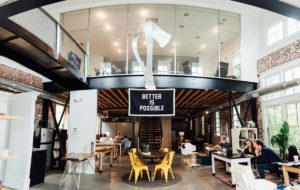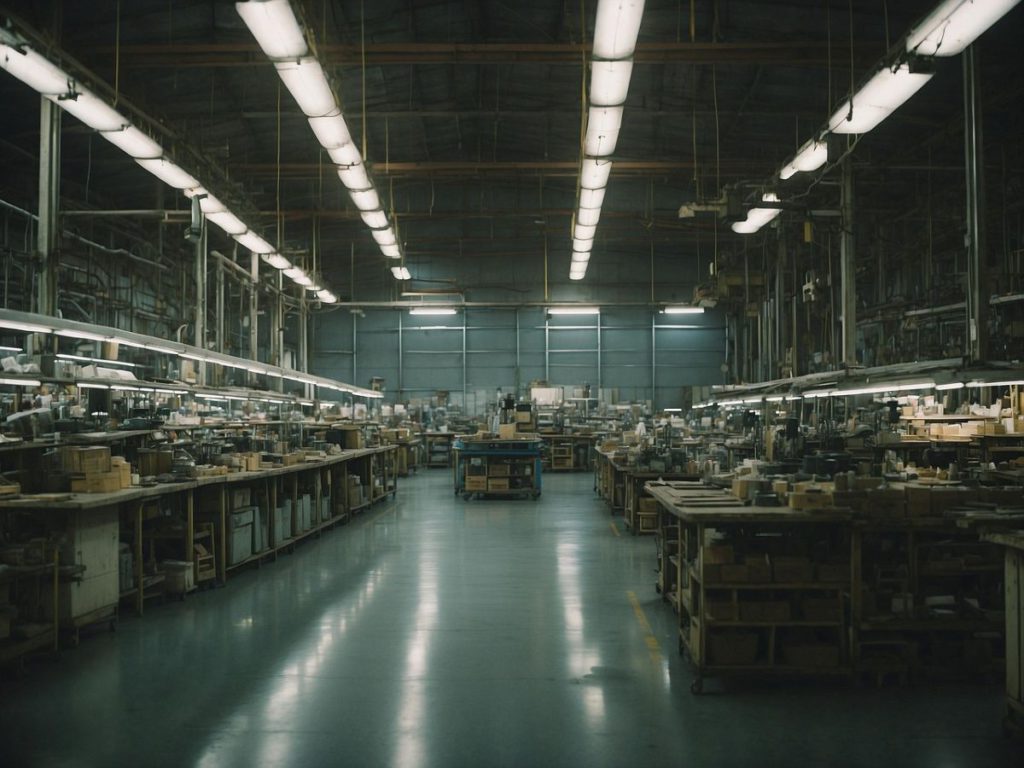In industrial spaces, durability isn’t a luxury; it’s a necessity. Surfaces endure constant wear, heavy traffic, exposure to chemicals, and extreme temperatures. This is where concrete sealer solutions step in, providing a shield against moisture, staining, and the gradual damage from frequent use or tough environmental factors. Surface degradation. Alongside that, industrial coatings play a crucial role in safeguarding everything from floors to structural steel, preventing rust, corrosion, and damage over time. Whether you’re managing a warehouse, a factory floor, or a distribution centre, the longevity of your surfaces often comes down to the protective measures you put in place from the start.
The Challenge of Industrial Environments
Industrial spaces are built for demanding tasks, such as manufacturing, loading, processing, shipping, and all of that takes a toll on the structure itself. Floors crack, walls chip, metal corrodes, and soon enough, repairs become both costly and disruptive. Durability in this setting means more than just strength; it means resistance to the daily grind of operations, and that requires a bit of planning and the right materials.
People often think concrete is indestructible, and while it’s certainly strong, it’s still porous. Water, oils, and chemicals can seep in, leading to surface wear or even internal damage. That’s where surface protection methods come in. While the science behind them can get complex, the principle is simple: protect the surface, and you protect your investment.
The Cost of Doing Nothing
One of the biggest mistakes in industrial planning is underestimating the long-term costs of surface degradation. When you don’t protect surfaces, you end up paying in the form of:

- Frequent repairs or resurfacing
- Downtime during maintenance
- Safety hazards from uneven or damaged surfaces
- Increased liability and insurance risks
Over time, these add up and not just in dollars. They impact productivity and worker morale. No one wants to work in a space that looks and feels neglected.
Planning for Protection, Not Just Appearance
It’s tempting to focus only on how a space looks after construction or renovation. Smooth concrete floors and clean walls give a professional first impression. But true durability means planning for the years ahead, not just the opening day.
In that sense, applying protective products early on is like buying insurance. They’re not glamorous upgrades, but they can significantly extend the life of your space. This applies to both new builds and older facilities being upgraded. Whether it’s sealing a concrete floor to resist forklift wear or applying a protective barrier to metal beams, the goal is the same: long-term durability.
Choosing the Right Type of Protection
When thinking about protection, it’s not about choosing the strongest product, but choosing the right one for your environment. A heavy machinery facility might have different needs compared to a food processing plant or a packaging warehouse. Some spaces deal with high humidity; others with spills, dust, or extreme temperatures.
Here are a few common goals when choosing protective materials:
- Prevent moisture damage (necessary for both structural integrity and slip prevention)
- Resist staining from oils, grease, or chemicals
- Enhance safety with non-slip surfaces or visual markings
- Simplify cleaning by making surfaces smoother and more resistant
- Extend the life span of flooring, walls, and equipment
It’s not always about doing it all, but doing what matters most for your specific space.
More Than Just Products: It’s a Strategy
One of the most overlooked aspects of durability is maintenance. Even the best surface protection won’t last forever without proper care. That’s why industrial durability should be thought of as a strategy, not just a product choice.
Routine inspections, timely reapplications, and cleaning practices all play a part in extending surface life. Think of it like car maintenance, you wouldn’t expect tyres or engine oil to last forever. Likewise, a good protective approach includes scheduled upkeep.
For smaller businesses or owners managing their own facilities, this can sound overwhelming. But it doesn’t have to be complicated. Often, simply creating a yearly checklist can go a long way. Take a walk around the facility once a quarter, look for signs of wear or damage, and take note of areas that might need touch-ups.
First Impressions Matter, Even in Industrial Settings
While durability is about longevity, there’s a side benefit: a protected and well-maintained space also looks better. This might seem trivial in an industrial context, but appearances still matter for employees, visiting clients, inspectors, and even potential partners.
When a space is clean, well-sealed, and organised, it reflects the quality of the operation itself. It shows attention to detail and care for the environment. Plus, workers tend to treat a well-maintained space with more respect, reducing accidental damage or neglect.
Getting Started Without Overwhelm
For those new to industrial space management or unsure where to start, here are a few simple steps to enhance durability:
- Evaluate your space: Identify the most vulnerable areas: floors, loading docks, entrances, and high-traffic zones.
- Consult experts if needed: Even one-time consultations can help clarify what kind of protection makes sense for your environment.
- Prioritise by risk: You don’t need to coat or seal everything at once. Start with areas that show signs of wear.
- Think long-term: Choose solutions that might cost more upfront but pay off in reduced maintenance later.
- Create a basic maintenance routine: A calendar reminder every few months can make a big difference.
Durability isn’t about making things last forever; it’s about making wise choices that delay damage, reduce repairs, and keep spaces functional and safe for as long as possible. For industrial spaces, that means using the proper protective strategies early and maintaining them consistently.
While the materials and products used to protect surfaces might not be the flashiest part of a facility, they often have the most significant impact over time. Whether you’re sealing concrete or adding a protective barrier to vulnerable surfaces, the goal is simple: build smart now, and save yourself time, money, and headaches in the future.
